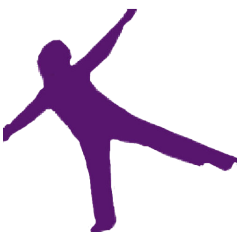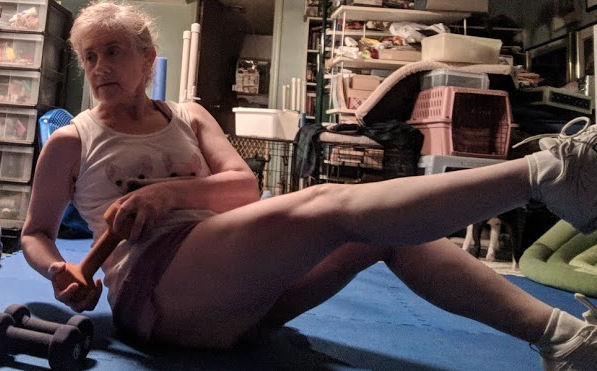Have you said that you’re too tired to exercise recently? No surprise there. In this “post-pandemic” time we have more going on than ever. We’re racing here, there, and everywhere. Errands taking us in different directions trying to find things like contact lens solution (yes, it happened to me) or traveling an extra mile for cheaper gas (yes, that too). And worry about the world, the weather, and the economy is depriving us of sleep. It’s no wonder we’re too tired to move. Even though we know that exercise is important to our healthy aging – our brains, muscles, heart, bones, and general well-being. It’s tough to get up the energy to get off the couch.
Exercise gives us energy
The thing is, though, if we expend a little energy on exercise, we’ll get even more back. I know – it seems counter-intuitive, but it’s true. When we exercise, we breathe more, and take in more oxygen. That oxygen helps the mitochondria in your cells create fuel for you to use and that means energy that you can expend. The experts at Harvard Medical School also say that exercising helps your body use energy more efficiently! Another benefit of exercise, according to Harvard Medical School, is that it helps us sleep better.
Motivation to exercise
But knowing that exercise will give me energy is not enough to get me off the couch. All I want to do right now is fall asleep on that couch. How to get that motivation to exercise? Guilt is one factor. When you know that you’ll feel better and have more energy after you work out, and then you don’t … you’ll feel guilty for not having exercised. And you’ll feel guilty about those extra calories at dinner. And about falling asleep (again) on the couch.
Promise yourself a little (teeny, tiny) reward for getting off the couch and changing into your workout clothes. 5 almonds! Or a half square of dark chocolate. Or half an apple with a teaspoon of peanut butter. Your little reward could also be listening to your favorite song. Or reading a chapter after you exercise.
So take a deep breath and stand up. Change your mindset and your clothes. You can do this. Then push “Play.” Or whatever your device does. After your workout and shower, you’ll probably feel amazing!





